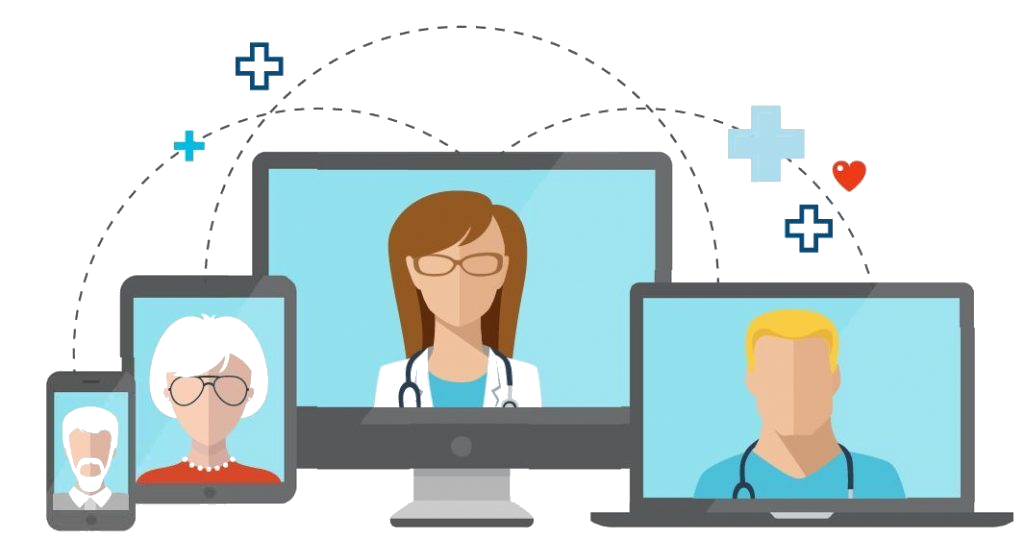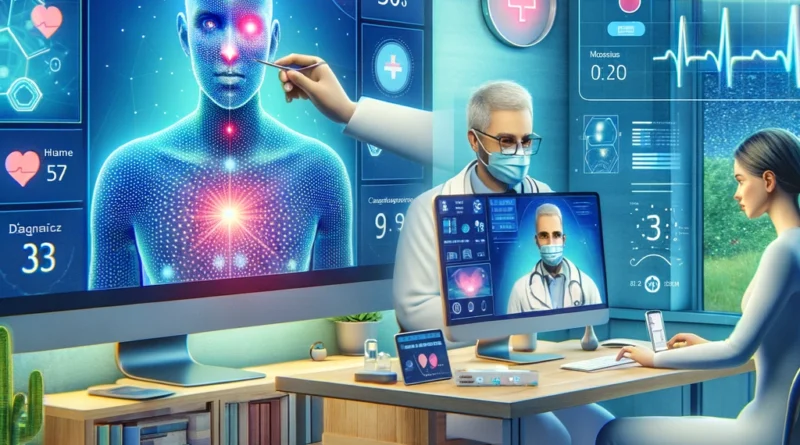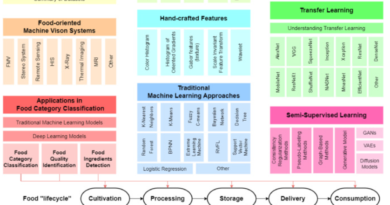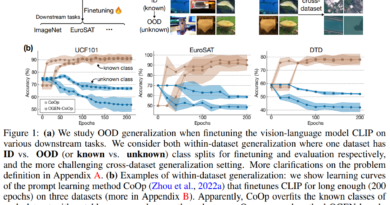Computer Vision in Telemedicine for Enhanced Healthcare Delivery
Telemedicine, the practice of providing healthcare remotely using technology, has gained significant popularity in recent years. With advancements in computer vision technology, telemedicine has been revolutionized, enabling enhanced healthcare delivery. Computer vision, a branch of artificial intelligence, focuses on teaching computers to understand and analyze visual data, such as images and videos. When applied to telemedicine, computer vision enables healthcare providers to remotely assess medical images, monitor vital signs, and even perform wound assessments using AI algorithms. In this article, we will explore the various applications and benefits of computer vision in telemedicine, as well as the challenges and future prospects of this technology.
The Role of Computer Vision in Telemedicine
Computer vision plays a crucial role in enhancing healthcare delivery through telemedicine. By leveraging computer vision algorithms and AI techniques, healthcare providers can remotely analyze medical images, monitor vital signs, and perform wound assessments. Let’s delve deeper into some key applications of computer vision in telemedicine:

Remote Analysis of Medical Images
Computer vision algorithms can analyze medical images, such as X-rays, CT scans, and MRIs, remotely. This enables healthcare providers to expedite the diagnosis process, leading to faster and more accurate treatment plans [1]. By combining computer vision with machine learning algorithms, healthcare professionals can detect abnormalities, identify diseases, and make informed decisions based on the visual data.
Vital Signs Monitoring
Computer vision can also be used to monitor patients’ vital signs remotely. Through live video streams or wearable devices, computer vision algorithms can analyze the visual data and identify changes that may indicate health problems [2]. This allows healthcare providers to monitor patient’s conditions continuously without the need for in-person visits. By detecting early warning signs, healthcare professionals can intervene promptly and provide timely interventions, improving patient outcomes.
Wound Assessment
Wound assessment is another area where computer vision excels in telemedicine. Through AI algorithms, computer vision can analyze digital images of wounds, allowing healthcare providers to assess wound characteristics, such as size, depth, color, and presence of infection. This enables remote wound management and reduces the need for frequent clinic visits [2]. By accurately assessing wounds, healthcare professionals can provide appropriate treatment plans and monitor the healing progress remotely.
Benefits of Computer Vision in Telemedicine
The integration of computer vision in telemedicine brings forth several benefits that enhance healthcare delivery:
Improved Accessibility and Convenience
One of the primary advantages of telemedicine powered by computer vision is improved accessibility to healthcare services. Patients in remote or underserved areas can connect with healthcare professionals without the need to travel long distances. This not only saves time and cost but also ensures that patients receive timely medical attention [8]. Moreover, telemedicine enables individuals with mobility limitations or disabilities to access healthcare conveniently from the comfort of their homes.
Enhanced Efficiency and Productivity
By leveraging computer vision technology, healthcare providers can streamline their workflows and improve efficiency. Remote analysis of medical images and vital signs monitoring allows healthcare professionals to assess a larger number of patients in a shorter time, leading to improved productivity [4]. This efficient use of resources translates into reduced waiting times for patients and optimized utilization of healthcare facilities.
Accurate Diagnoses and Treatment Plans
Computer vision algorithms can analyze medical images with high precision and accuracy. By leveraging these algorithms, healthcare providers can obtain more accurate diagnoses, leading to appropriate treatment plans [7]. Computer vision eliminates the possibility of human error in image analysis and ensures consistent and standardized interpretations, improving patient care and outcomes.
Remote Monitoring and Early Intervention
Healthcare providers can remotely monitor patients’ vital signs and conditions through computer vision. By analyzing visual data, computer vision algorithms can detect subtle changes that may indicate health problems. This enables early intervention and timely adjustments to treatment plans, preventing exacerbation of conditions and improving patient outcomes [4].
Challenges and Future Prospects
While computer vision in telemedicine holds immense potential, several challenges need to be addressed for its effective implementation:
Data Quality and Quantity
Obtaining diverse and well-labeled datasets for training computer vision models is essential. High-quality datasets enhance the accuracy and reliability of computer vision algorithms. Healthcare providers need to ensure access to annotated medical images and videos to train robust models [9]. Additionally, privacy concerns and ethical considerations surrounding patient data must be addressed to maintain data quality while preserving patient confidentiality.
Technical Infrastructure
Implementing computer vision in telemedicine requires robust technical infrastructure, including computing resources and network capabilities. Healthcare providers need to invest in advanced hardware and software solutions to support the processing and analysis of large amounts of visual data [4]. This ensures smooth and seamless telemedicine experiences for both patients and healthcare professionals.
Regulatory Compliance and Data Privacy
Telemedicine services must comply with healthcare regulations and standards to ensure the privacy and security of patient data. Healthcare providers need to establish protocols and safeguards to protect sensitive information and prevent unauthorized access [9]. Compliance with regulations such as HIPAA (Health Insurance Portability and Accountability Act) is crucial in maintaining patient trust and confidence in telemedicine.
User Acceptance and Adoption
The successful integration of computer vision in telemedicine relies on user acceptance and adoption. Patients and healthcare professionals need to be educated about the benefits and capabilities of computer vision technology in enhancing healthcare delivery. Addressing user concerns, such as trust, reliability, and ease of use, is essential in fostering the widespread adoption of telemedicine [4].
As technology continues to advance and new breakthroughs are made in computer vision, the future of telemedicine looks promising. With ongoing research and development, we can expect further improvements in accuracy, speed, and usability of computer vision algorithms in telemedicine. This will pave the way for more personalized, efficient, and accessible healthcare delivery worldwide.
In conclusion, computer vision in telemedicine has the potential to revolutionize healthcare delivery. By leveraging computer vision algorithms, healthcare providers can remotely analyze medical images, monitor vital signs, and perform wound assessments. This technology enhances accessibility, efficiency, and accuracy in healthcare, leading to improved patient outcomes. However, challenges such as data quality, technical infrastructure, regulatory compliance, and user acceptance must be addressed for the widespread adoption of computer vision in telemedicine. With continued advancements in technology and collaborative efforts, computer vision will continue to transform and enhance healthcare delivery for the benefit of patients worldwide.
Don’t forget to follow us on LinkedIn. Do join our active AI community on Discord.
If you like our work, you will love our Newsletter 📰




